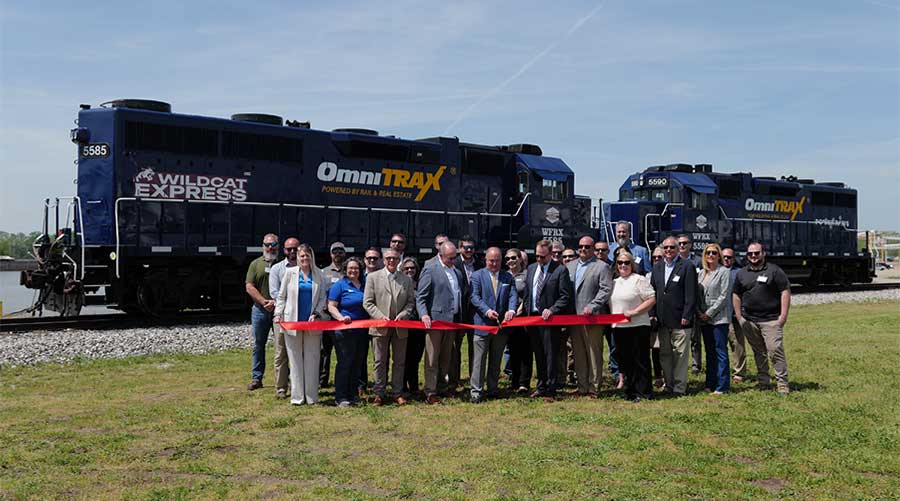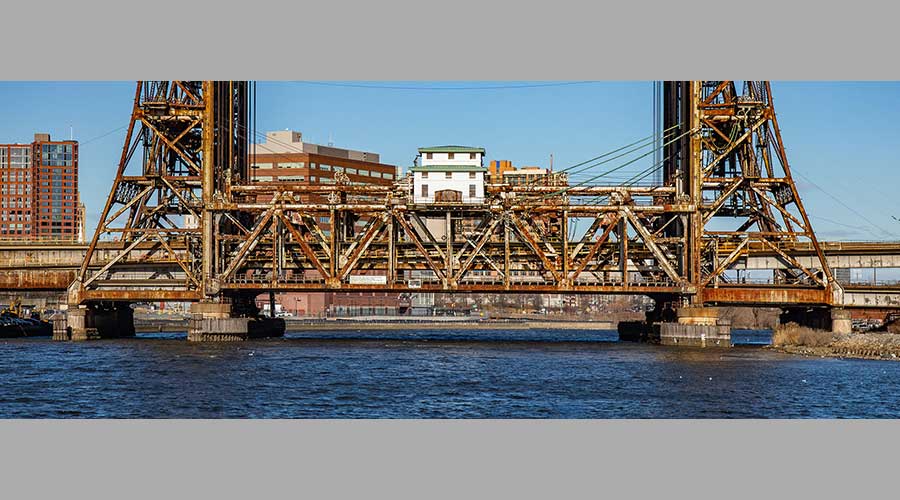Stay updated on news, articles and information for the rail industry
10/23/2024
Rail News: Safety
Guest comment: In search of the perfect safety culture

“Safety Culture” is often named by accident investigators and regulators as causal in tragic accidents and incidents. The discussion around safety culture seems much more relevant in the wake of the recent release of the National Transportation Safety Board (NTSB) report on the Norfolk Southern derailment in East Palestine, Ohio, as well as Congressional interest in safety issues.
Investigators seem to naturally assume that if an organization experiences an accident, it has a questionable safety culture, but in order to truly determine that, we must first be able to define what a good safety culture is and how it can be achieved and maintained.
There seems to be disagreement on how to define safety culture. The Occupational Safety and Health Administration (OSHA) defines safety culture as “the environment where the attitudes, behaviors and perceptions are reflected in the health and safety of the workplace.” The Department of Transportation (DOT) defines safety culture as the “shared values, actions, and behaviors that demonstrate a commitment to safety over competing goals and demands.” Other organizations establish their own definitions.
However one defines safety culture, the biggest hurdle is how to measure it. The challenge here is that safety culture is dimensionless — which essentially means you can’t measure it in the same way you can measure speed, distance, time, accident rates or other physical or analytic characteristics. Since you can’t measure safety culture, you can never firmly establish your organization on the safety culture scale between good and bad.
Organizations that have an interest in safety often gather data, usually in the form of the number of unsafe occurrences or close calls and use statistical analysis to identify trends and measure year to year progress. Safety data, often called safety metrics, is the best way to measure how safe you have been. Safety metrics also allow an organization to measure progress year to year and support a process to establish continuous safety improvement.
Continuous safety improvement is a characteristic of a healthy, safety-oriented organization and can be supported by any number of programs that have a positive effect on safety. This is the safety management approach. Review of safety metrics points to areas where the risks to your organization reside. Once risks are identified, a comprehensive safety management system can provide the structure needed to mitigate the risk to an acceptable level. As someone who served as chief safety officer for the Federal Railroad Administration (FRA), I have firsthand experience with both the safety metrics and the safety culture approaches to safety.
Currently, FRA is conducting safety culture assessments of all the major railroads. Their process uses the Fleming Safety Culture Maturity Model (FSCMM) as a guide. Fleming, a UK professor used the concept of maturity to create a model for safety culture, aiming to help oil companies in the United Kingdom to assess the maturity level of their cultures and what actions would be necessary to improve it.
The Fleming approach may be a good way to establish a baseline to measure progress towards a “better” safety culture in subsequent years. The problem with this approach is that it relies on the objectivity of the person assessing the organization’s safety culture. In other words, an assessor could rate an organization anywhere on the scale and no one could prove them right or wrong.
However, for me, a better way of addressing safety is by establishing a comprehensive safety management system to identify and mitigate safety risk and hazards. Simultaneously identifying and monitoring safety metrics, such as accident and injury rates, can serve as a baseline for establishing continual safety improvement.
An effective safety management system should involve cooperation and collaboration among management, labor, and regulators to identify and mitigate risk. The safety management system can also incorporate programs like close-call reporting or safety hotlines, and other company initiatives to ensure that risk is continuously identified and mitigated. Oftentimes, these industry initiatives and safety standards go well beyond what regulators require.
Having a safety management system built on collaboration among stakeholders and using data-driven measurements to identify and mitigate risk will result in a safer operation. You can keep score on your progress every year through your safety metrics and strive for continuous improvement. Any shortfalls can be addressed through modification or improvements to the safety management process. And guess what? — a living, breathing safety management system will automatically improve safety culture — no matter how you define it.
Robert C. Lauby is a rail safety expert with over 45 years of railroad experience. He spent over a decade at the Federal Railroad Administration, where he served as chief safety officer from 2013 until his retirement in 2019.
Contact Progressive Railroading editorial staff.


 2025 MOW Spending Report: Passenger-rail programs
2025 MOW Spending Report: Passenger-rail programs
 Gardner steps down as Amtrak CEO
Gardner steps down as Amtrak CEO
 Guest comment: Oliver Wyman’s David Hunt
Guest comment: Oliver Wyman’s David Hunt
 Women of Influence in Rail eBook
Women of Influence in Rail eBook
 railPrime
railPrime







